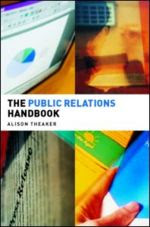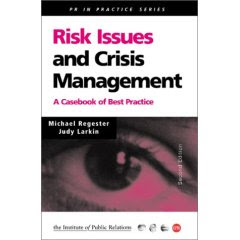 There is an ongoing debate as to whether PR qualifications are relevant to the industry with some people arguing that personal qualities and contacts are far more important. This largely implies that PR doesn't require skills therofere portraying it as a less serious or to some extent an inferior profession.
There is an ongoing debate as to whether PR qualifications are relevant to the industry with some people arguing that personal qualities and contacts are far more important. This largely implies that PR doesn't require skills therofere portraying it as a less serious or to some extent an inferior profession.Like every profession, studying for a PR degree provides knowledge and skills needed to work effectively. If one wants to be a Lawyer it is relevant to study Law and likewise if one wants to be a doctor they should study medicine. As with many other professions, research shows that PR is becoming a graduate entry career, which means a university degree is a required qualification to have before entering the industry. True professionals as noted by Theaker (2001) posess a body of knowledge and have mastered communication techniques that are not known by the average citizen.
Employers are today also seeking to employ people who have PR education background as opposed to those who just have the experience or personal qualities and contacts because they tend to stay longer on the job and are less likely to wander away into ‘whatever other profession that is available’.
Training is also an expensive venture for most organisations and rather than spend millions in training employees, employers would rather recruit professionals with relevant background training.
However while PR qualifications could help in getting the first foot in the door, learning on the job probably becomes far more useful (Gaskell, 2006). This she explains is because there is no course that can teach how to come face to face with a real life crisis management or a hard to please client.







